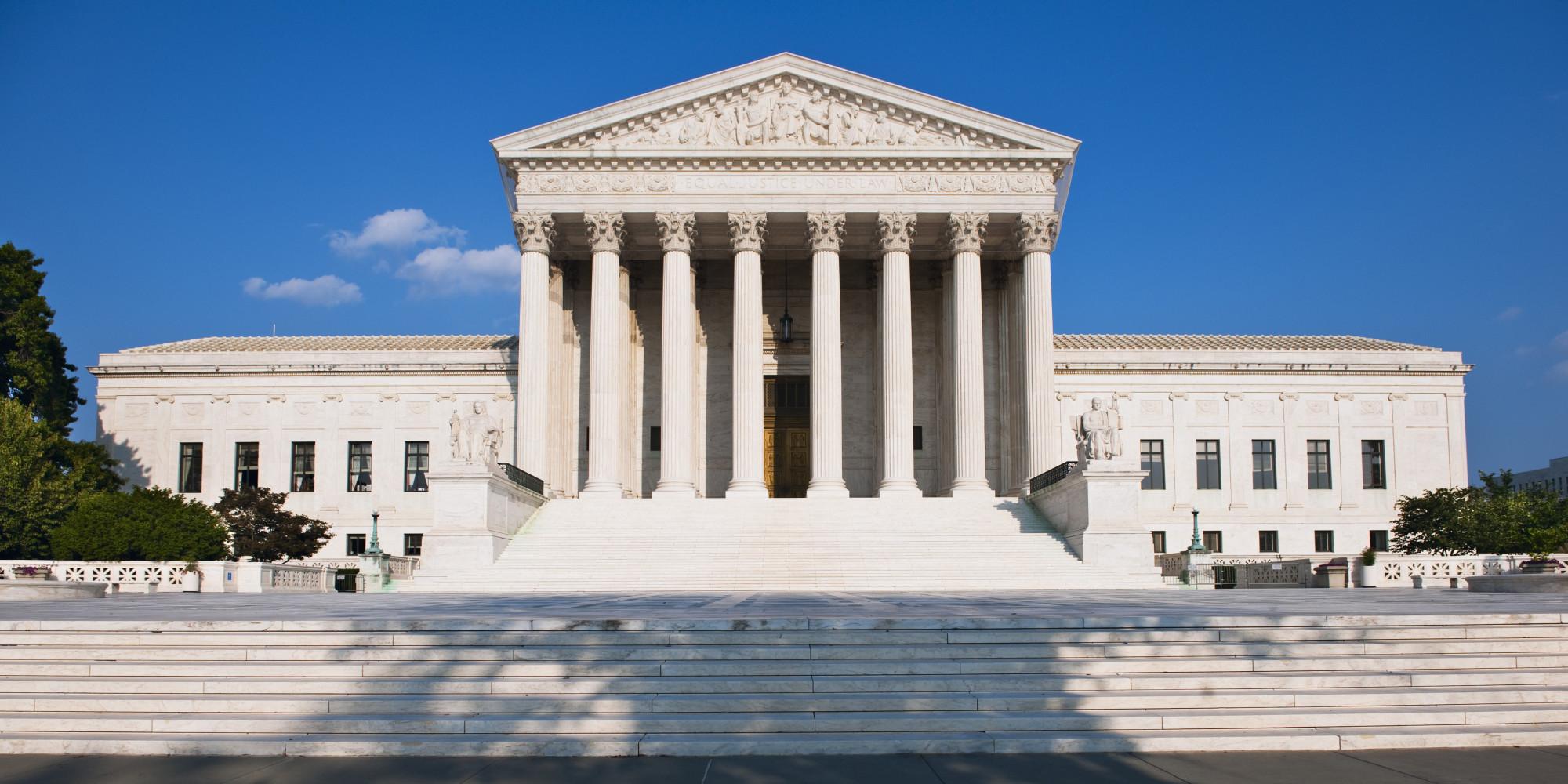The Supreme Court Case That Could Change American Politics Forever
December 17, 2015
In 1964, the Supreme Court ruled that states must draw electoral districts based on population in order to ensure equal representation. The premise is simple: that districts should be based not on geography but on the number of people in an area so that people are equally represented.
In 1966, in a Hawaii redistricting case, it ruled that it was up to the states to determine whether “person” meant overall population or eligible voters. Most states based electoral districts on overall population without much opposition from lower courts, which makes it all the more surprising that the Supreme Court has taken up a case that suggests that “person” ought to be defined as eligible voter.
The group that is bringing the challenge, the Project for Fair Representation, claims that basing districts on population size rather than eligible voter population dilutes the voting power of some and amplifies the voting power of others. The case was brought up by Sue Evenwel and Edward Pfenninger, who allege that by living in districts based on population size, their votes are worth less. Because there are more voters in one district than another, individual voters therefore have less power in some districts than in others.
Legal scholars are surprised by the Supreme Court’s decision to take up the case, but NYU law professor Richard Pildes says it makes sense. “Having equal representation in political bodies is such a basic constitutional right that it’s frankly surprising the court has left it up to the states to decide how to do it,” he writes. “As long as the baseline remains constitutionally undefined, states can manipulate the districting system by choosing one baseline over another in order to achieve various partisan or political ends.”
If the verdict rules in the favor of the challengers, this could have an immense impact on many, including urban areas, Hispanics, illegal immigrants, and will shift power to Republicans in general. “By our calculations, only about 46% of the nation’s more than 55 million Hispanics are eligible to vote,” writes Drew DeSilver of Pew Research Center.
Districts with high concentrations of these people, especially illegal immigrants (of which there are 12 million) will lose power and be redrawn. The Hispanic population is heavily slanted towards people under 18, people not naturalized, and illegal immigrants, they will be adversely affected by the ruling. Because Hispanics often live in urban districts controlled by Democrats, it means in turn that power will shift towards rural districts which are controlled by Republicans, because rural districts have a much higher percentage of the population that is eligible to vote.
The New York Times also noted that Hispanics vote Democrat 2-1, and by stripping them of political power, the Supreme Court would hand that power to Republicans, who hold rural districts, which are also majority white. It is important to note that this case challenges redistricting on the state level, as opposed to the federal level, but one can speculate that once “one person, one vote” is interpreted on a state level, the same principle will shift to the federal government, where it will adversely affect Democrat and Hispanic representation in the electoral college and the House of Representatives.
